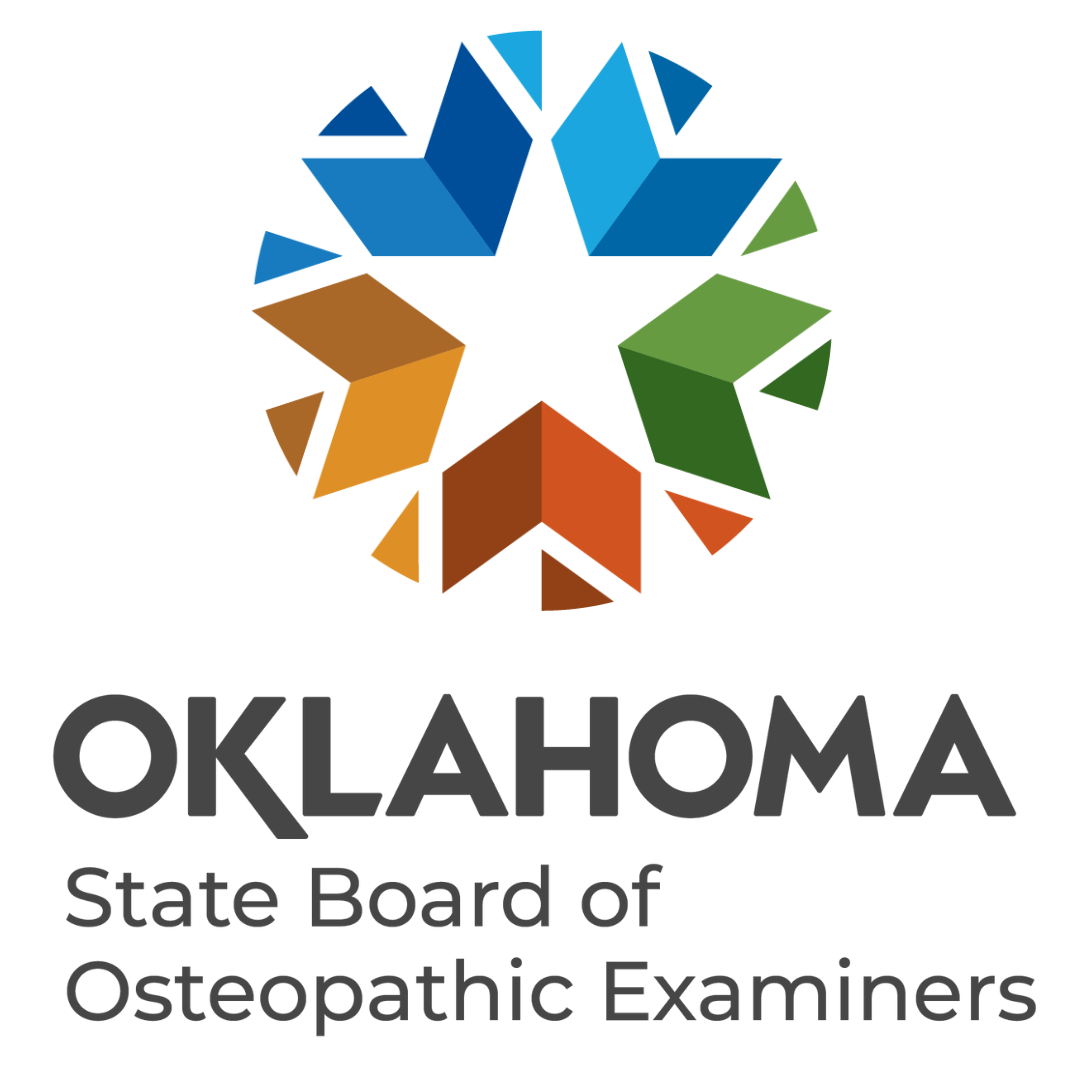The latest census of physician licensees shows a growing population of female physicians and those with a doctor of osteopathic medicine (DO) degree.
In 2022, 37% of the physician workforce was female, compared with 30% in 2010, according to the Federation of State Medical Boards’ (FSMB) biennial “Census of Licensed Physicians in the U.S.” The number of licensed female physicians grew by 54% since 2010, compared with an 11% increase for male physicians, reported Aaron Young, PhD, of the FSMB, and colleagues.
In addition, the percentage of DOs in the physician workforce rose to 11% from 7% during that time, and the number of doctors with a DO degree grew 89% from 2010 to 2022, compared with an 18% increase for MDs, they noted in the Journal of Medical Regulation.








